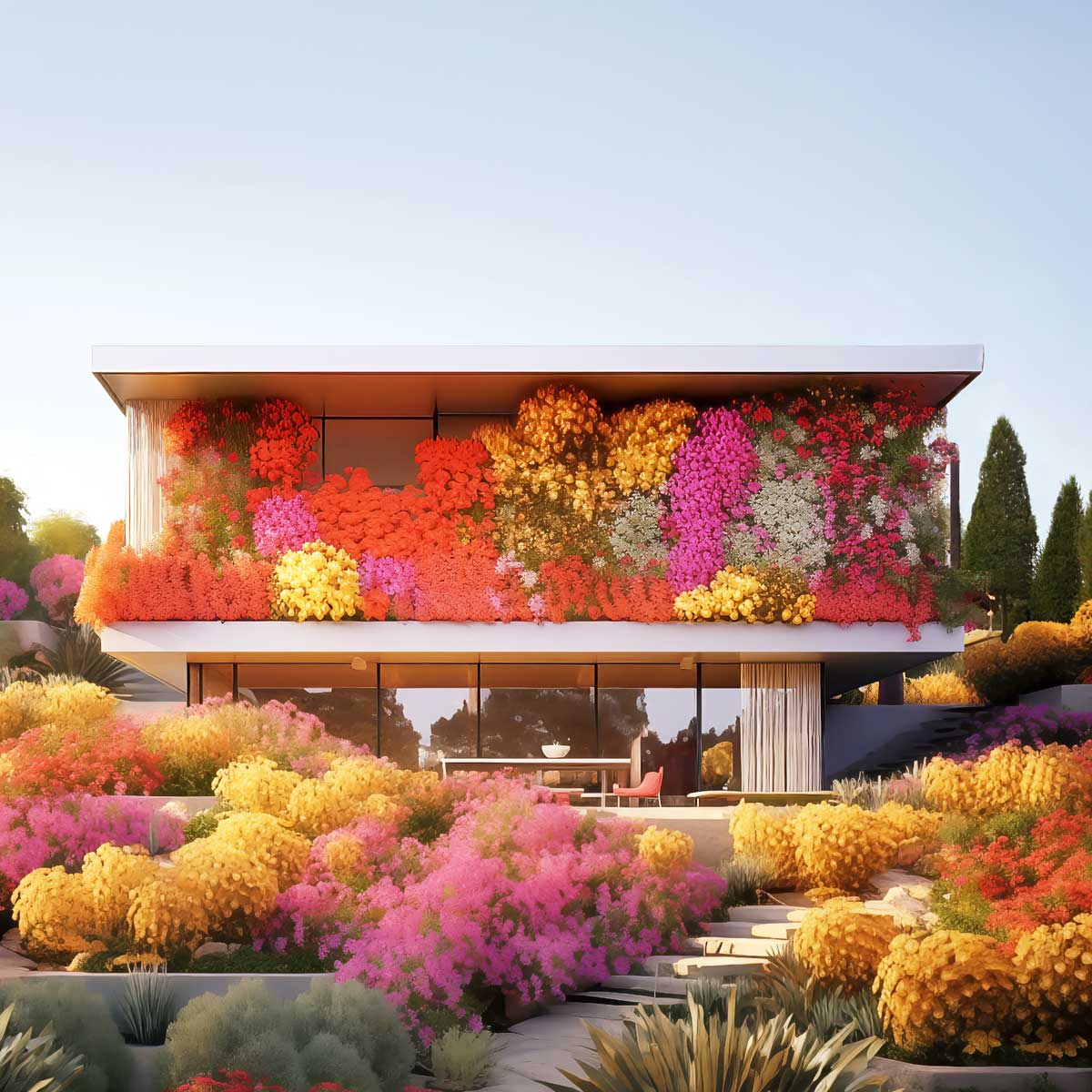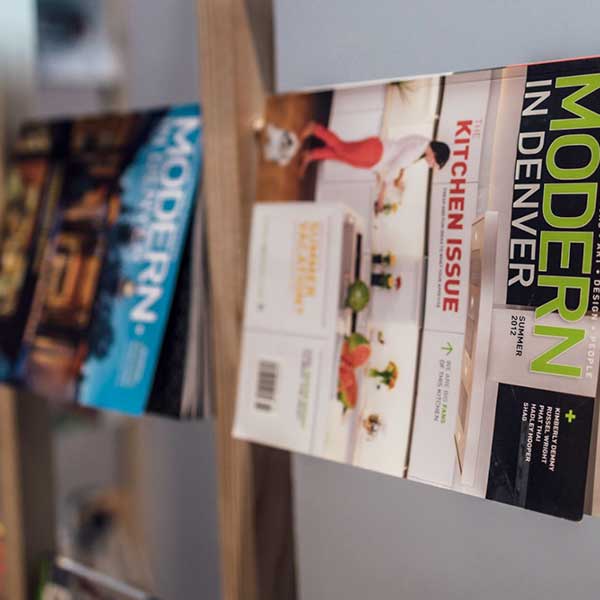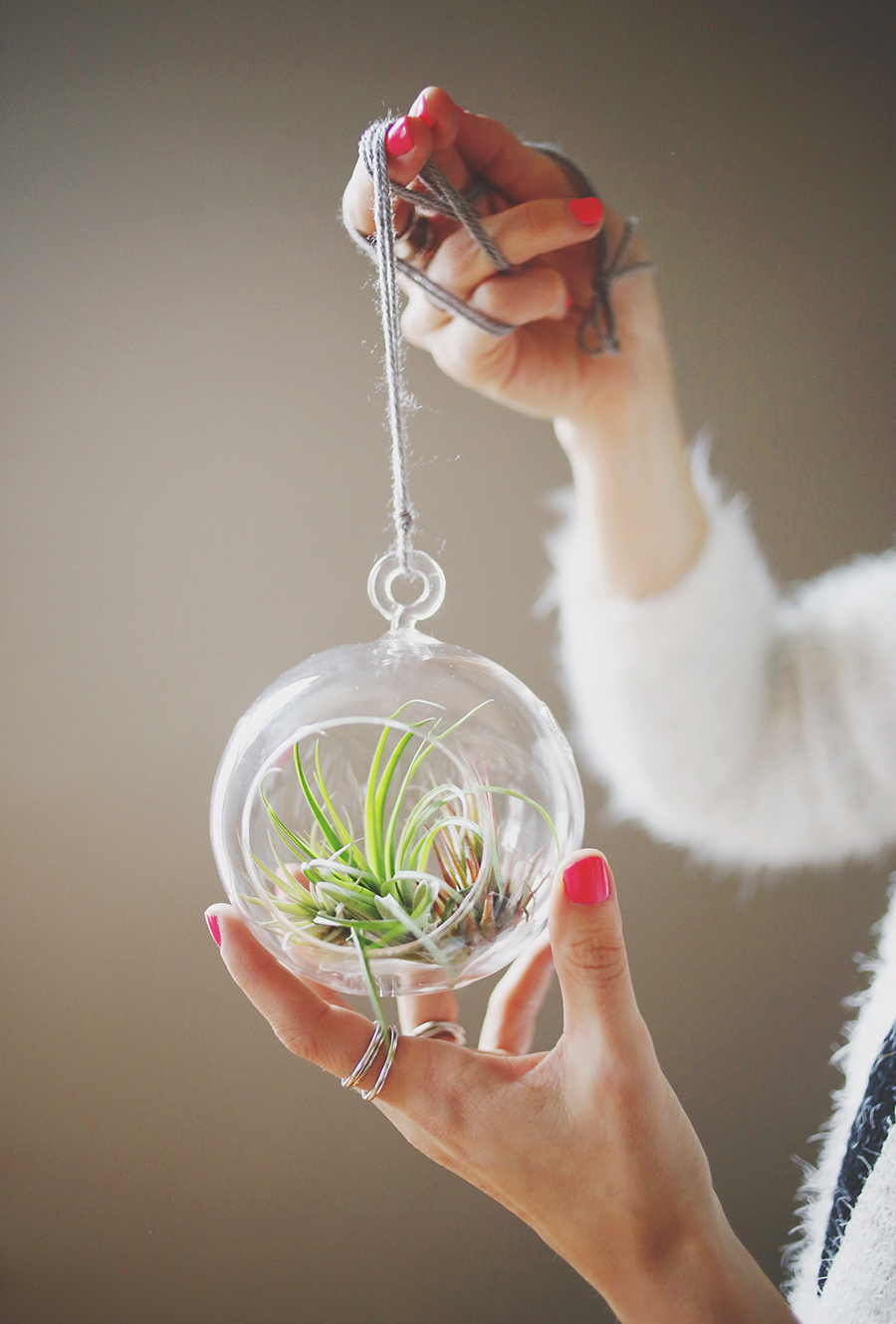 No soil, no mess, and no fuss? Hello, air plants! Now how do they work?
No soil, no mess, and no fuss? Hello, air plants! Now how do they work?
BY BETH MOSENTHAL
Brown thumb? Us, too. So imagine our delight for the low-maintenance air plants, which are easy on the eyes and fun to accessorize. Whether shopping for a bedroom set at West Elm, picking up plants at Birdsall & Co., or admiring the curated assortment of curio items at South Broadway’s Ironwood, it’s become difficult to enter a retail environment without running across vitrines, baskets, and terrariums filled with spiky green plants with seemingly no roots or need for soil. Referred to as air plants—or, more specifically, “Tillandsia,” from the Bromeliad plant family—these slightly peculiar, expressive plants are easy to grow and to care for, and are therefore gaining huge popularity among green and brown thumbs alike. But how the heck to they survive? Suited to the lazy gardener, the college student with a busy schedule, or someone who likes the aesthetic of delicately-displayed natural elements without the realities of roots and potting soil, air plants (boasting over 650 varieties) require little attention and care. Unlike most flowering plants, air plants receive water and nutrients through their specialized leaves. Native to the southern United States, Mexico, Central America, and South America, air plants thrive in warm weather, and have thus continued to grow in popularity in the West. With an aesthetic that lends itself to an architectural element, most air plants have interesting triangular-shaped leaves with tubular or funnel-shape flowers.
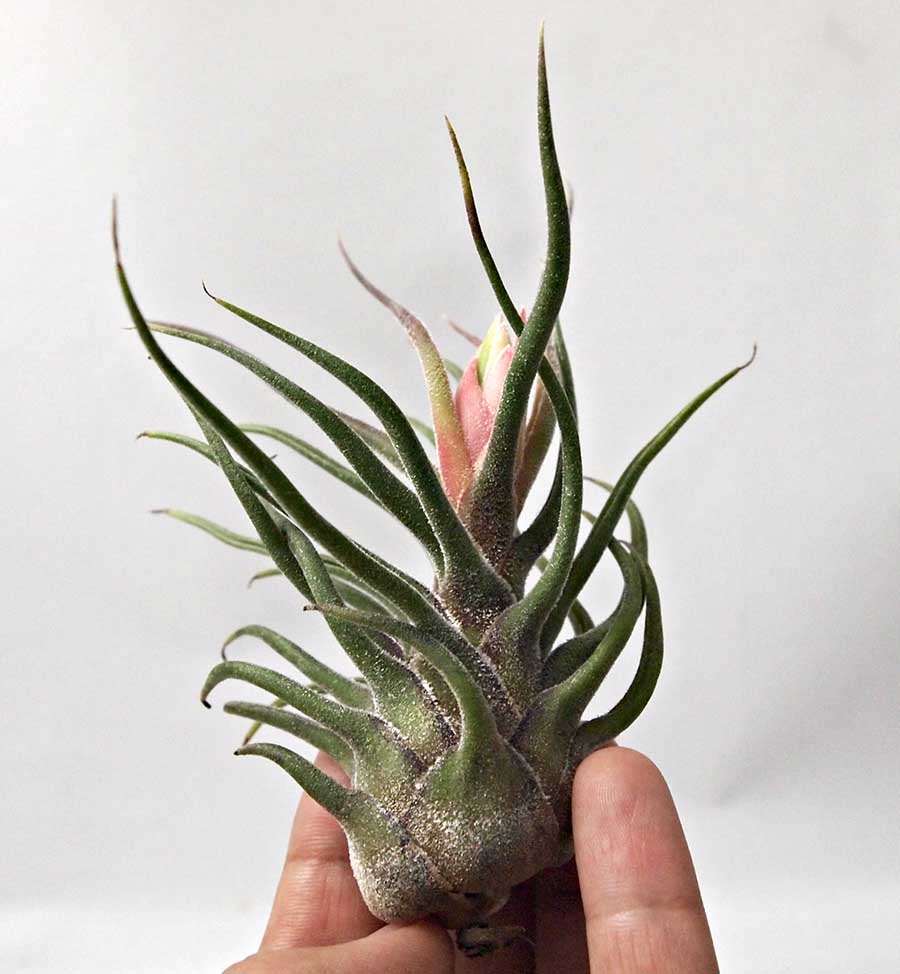
“Air plants in Colorado can remind us of a tropical vacation, and at the same time, suit an urban lifestyle where we want to have live plans in the home,” said Annie Huston of Birdsall & Co. “Air plants do not need a lot of room to be displayed or intense watering, and there’s no soil for cats to dig in. They are a natural, sculptural addition to a home decor, suitable for just about any room in the house or urban dwelling.”
So how does one care for a plant that sells itself on being “maintenance-free?” It’s recommended to display air plants sideways—the same position in which they grow in nature—to avoid water being held at the center of the plant. Constant air circulation and a light misting of water daily in spring through autumn (and only once a week during winter) will give the plant enough water to grow and thrive. Or you can simply soak the plants for 30 minutes weekly. Despite the their love of warm weather, full sun should be avoided in favor of dappled shade. But the plant itself is half the fun. They can be displayed in numerous ways—from alone in a hanging terrarium to alongside orchids or other flowers attached to branches, pots, or posts. Suspend them in the air, mount them to the wall, or give them some air to breathe. No matter how you display them, Tillandsia might be the first thing we keep green!
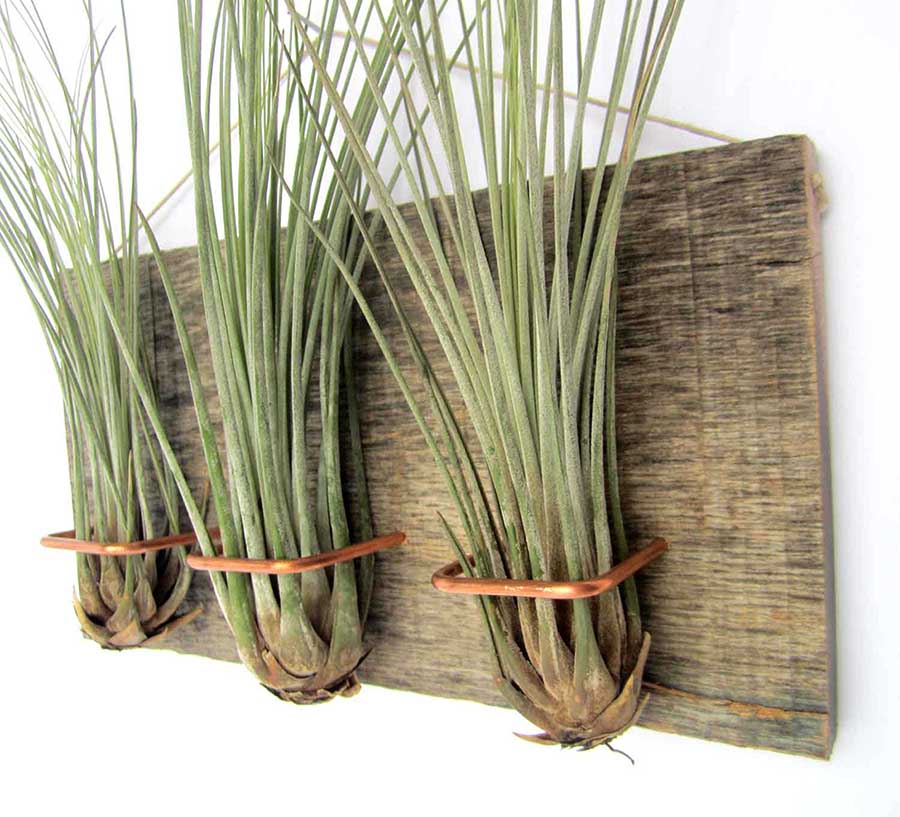
MOUNT IT
Forget vases! The beauty of the air plant is that they require no soil, so you can hang them on the wall with accessories like this from NiaCraft. Made from reclaimed barn wood and copper, this hanging display puts a modern spin on rustic decor.
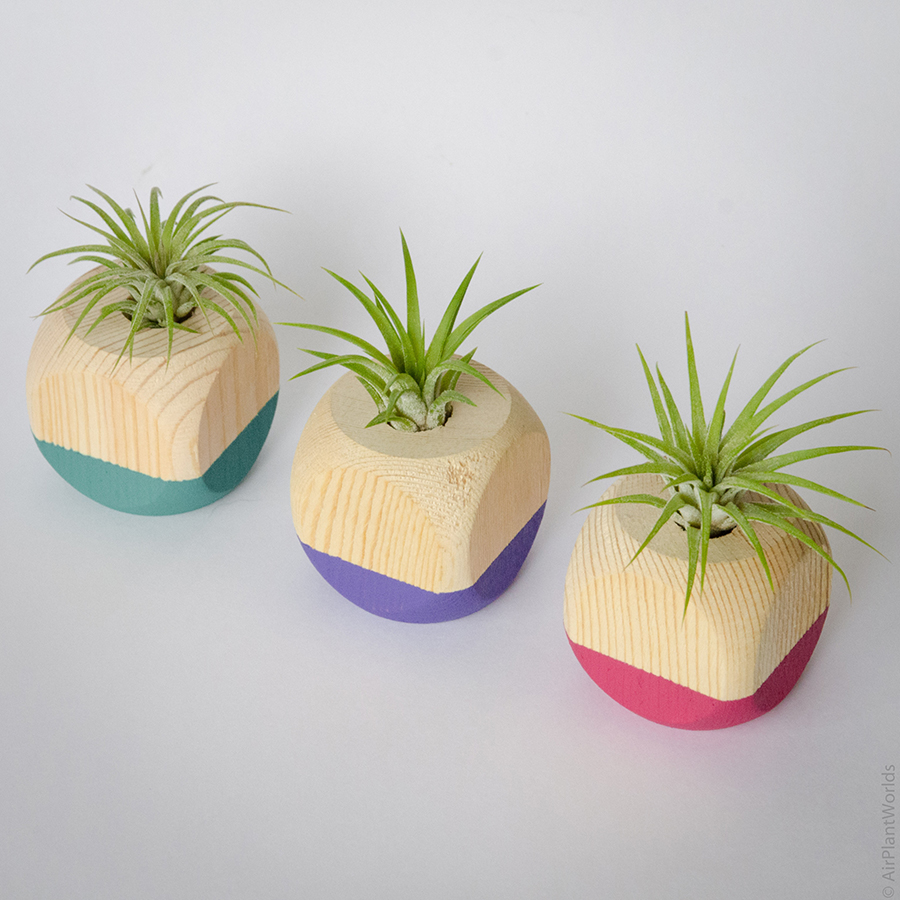
SHAPE IT UP
If only we had the Geometric Air Plant Pod in high school math! This natural wood planter from online retailer Air Plant Worlds makes studying angles fun. The pod is hand-crafted and comes in multiple colors.
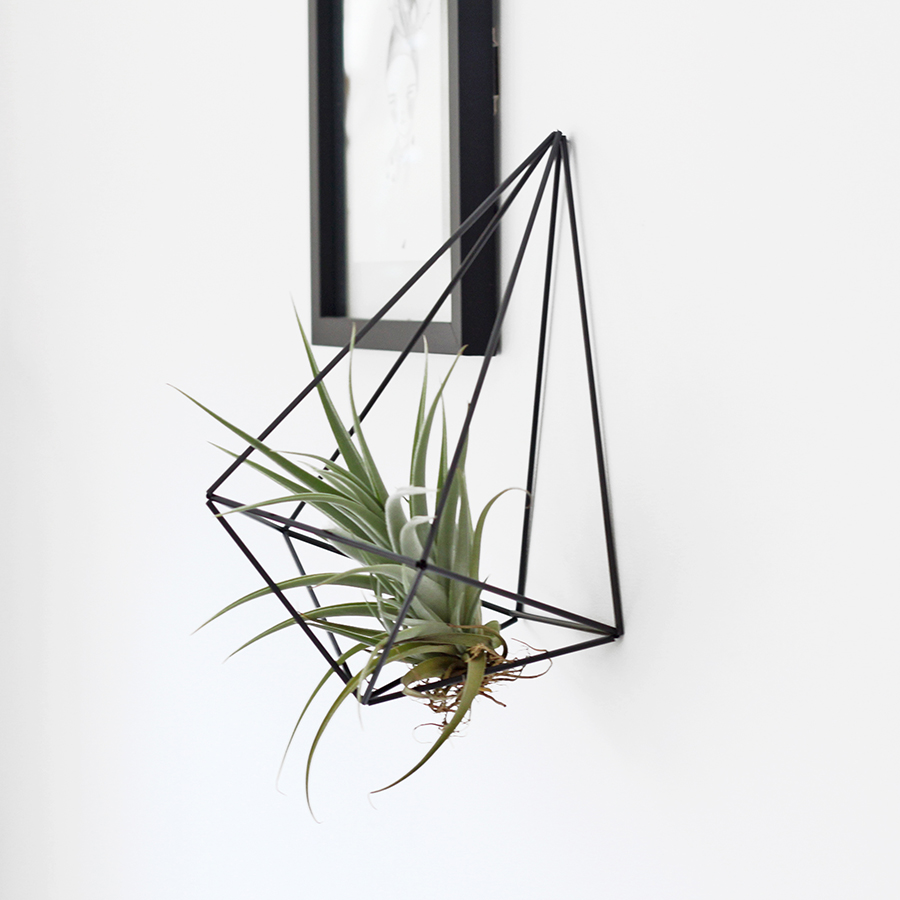
SCANDINAVIAN ROOTS
This geometric sculpture, called a Himmeli, comes from the Swedish word “himmel” meaning sky or heaven. Created to serve as a means of good fortune for the future, Himmeli sculptures were used as Finnish Christmas ornaments. But rather than hanging them on a tree, for these sculptures, the plant goes inside.
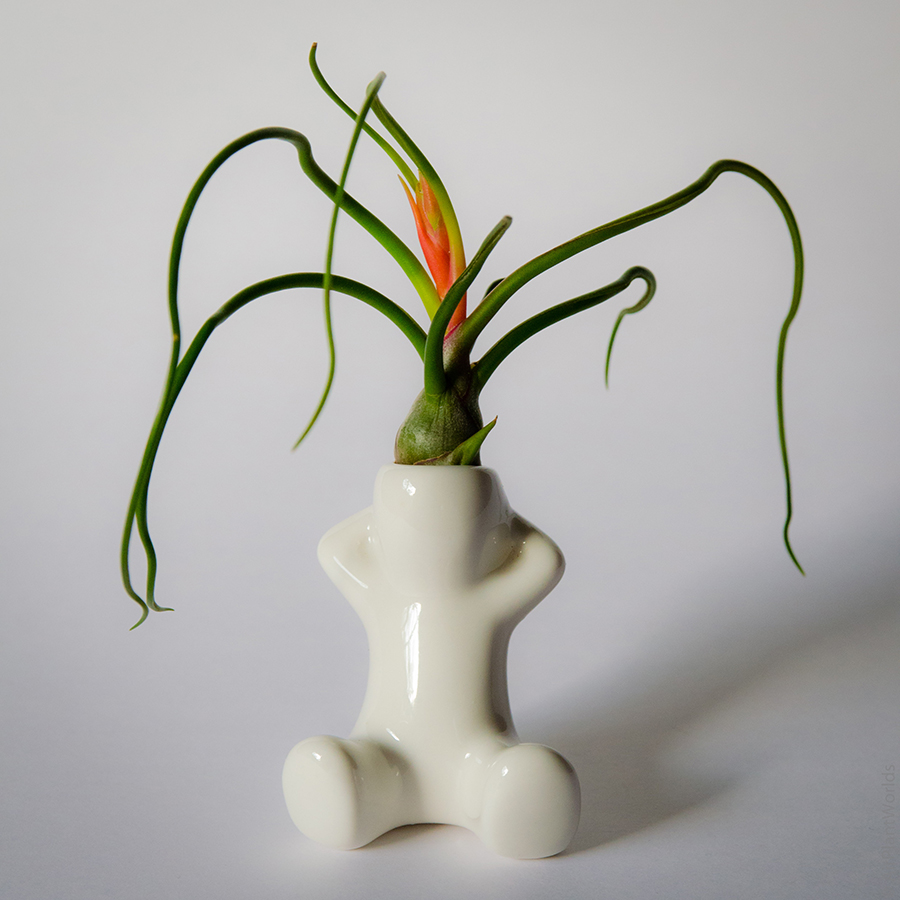
HAIR PLANT
All work and no play…you get it. These Air Plant Buddies are the perfect desk mate and keep you from taking work too seriously with characters Laidback Lou, Pondering Pete, Bossman Bob, and Troublemaker Tom. Have fun switching out the “hair” with different air plants.
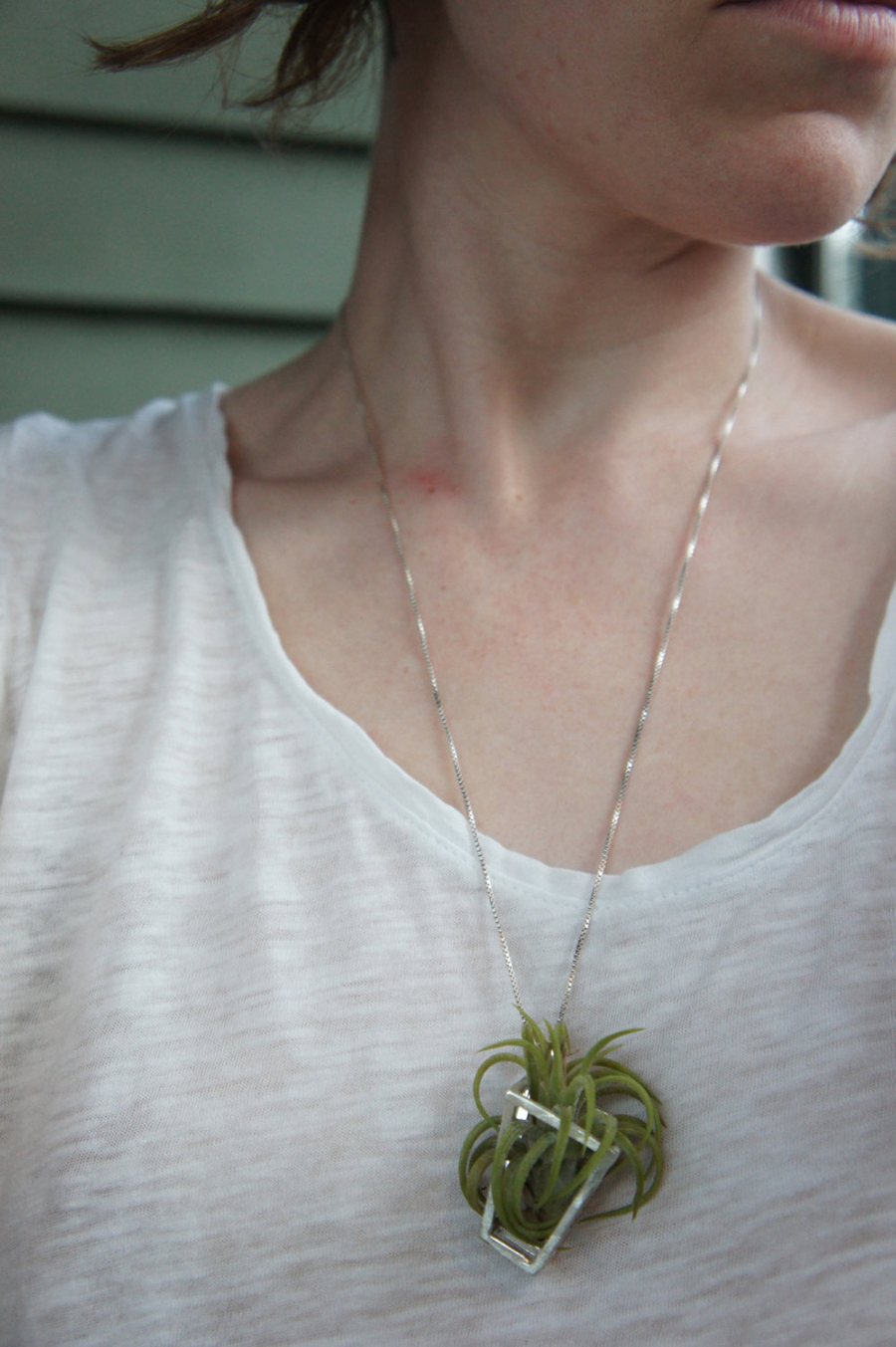
PLANT PENDANTS
Mimicking the silhouette of a vintage streetlamp, this pendant puts a wearable twist on planters. Each one is individually sculpted by hand from wax and then cast in sterling silver using a lost-wax casting process. As a bonus, designer Canis Major Designs slips in a tiny air plant.
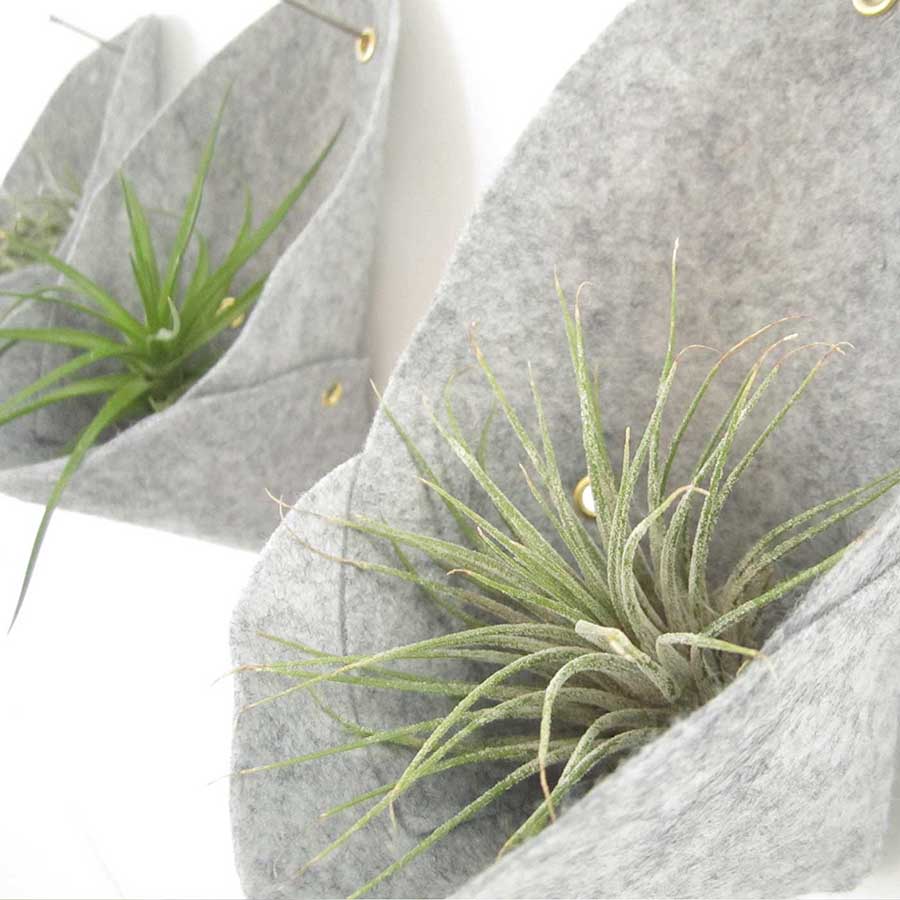
WOOL WALL
Group them, gift them, or order in bulk as party favors, these soft and airy pockets are made of a soft wool-felt blend with brass grommets and will warm up any space.


